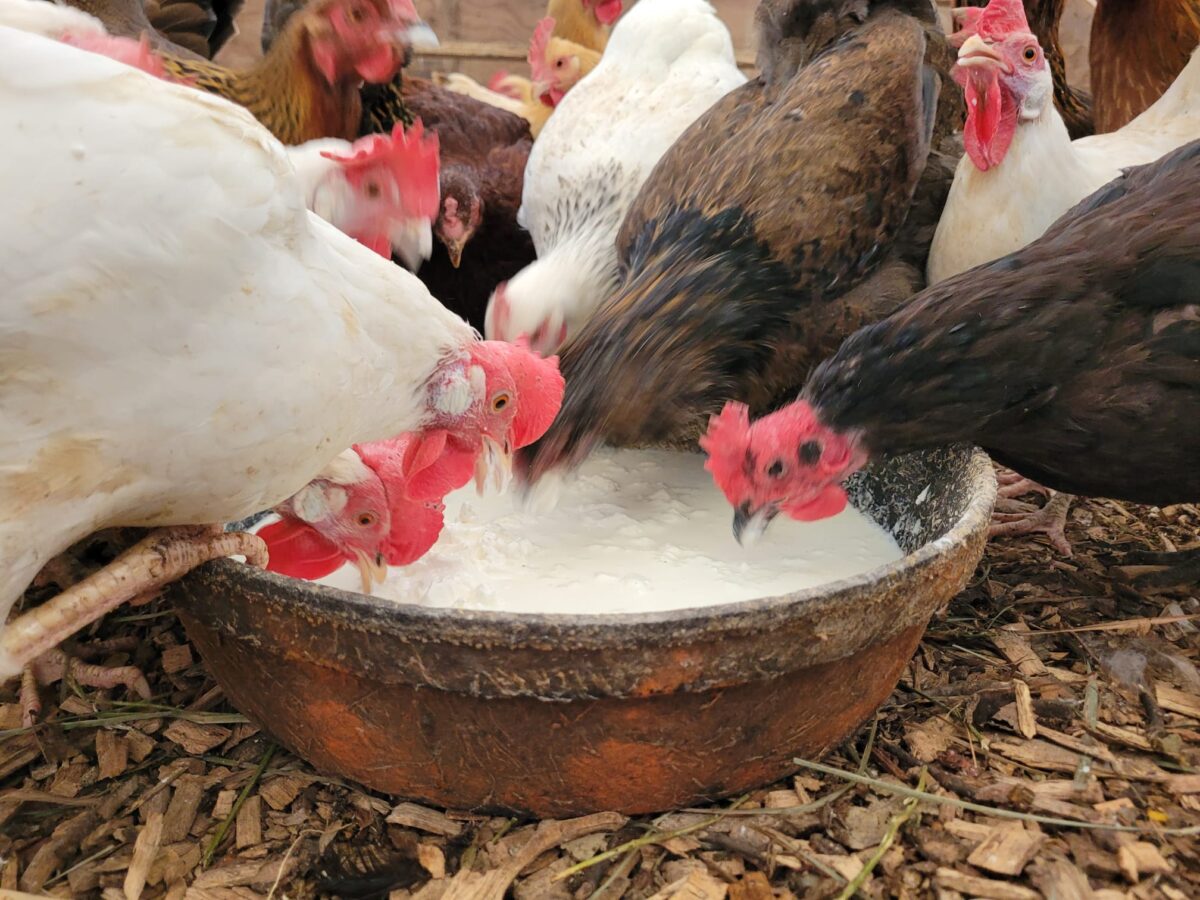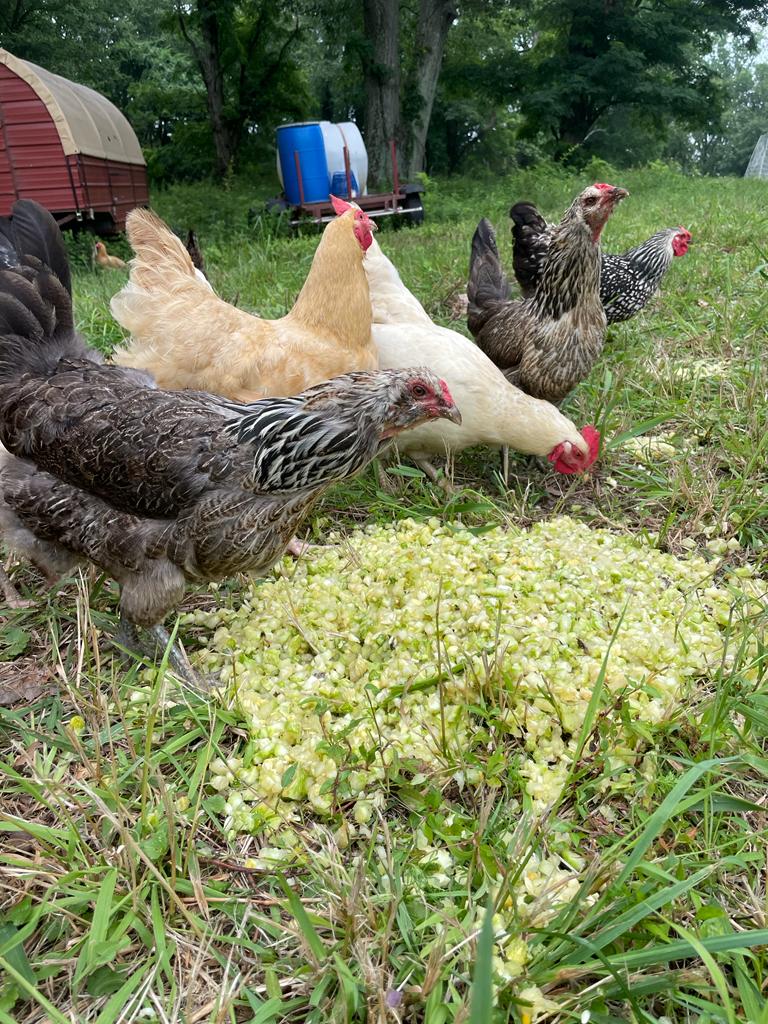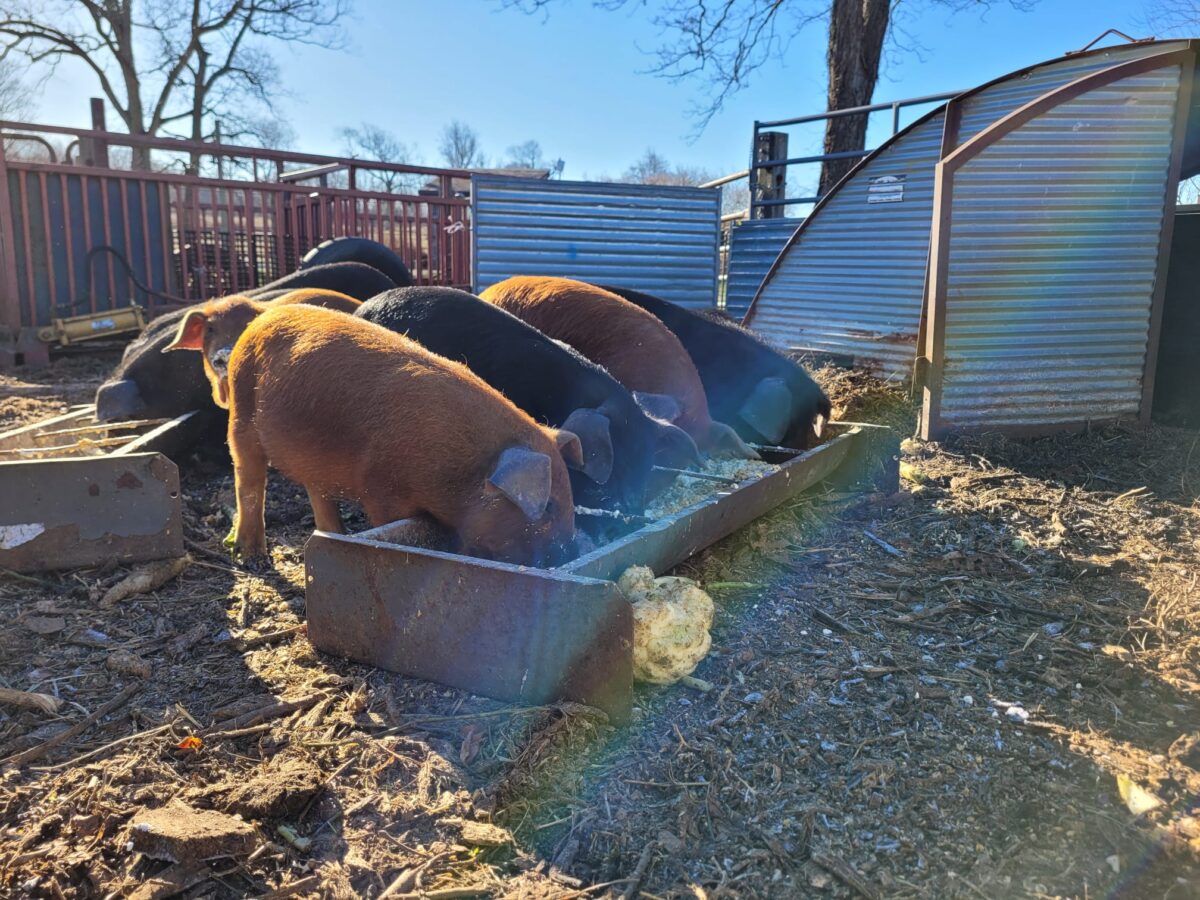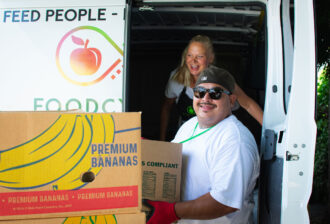About this project
The Waste-Feeders’ Manual: Research and Development of a Practical Guide for Feeding Food Loss and Waste to Hogs and Laying Hens in the Northeast (FLW24-013)
Ryan Martens, Stone Barns Center for Food & Agriculture - $846,585
This project will research optimized food loss and waste diets for hogs and laying hens and, using nutritional and sensory data and stakeholder outreach, develop a publication, The Waste-Feeder’s Manual, with practical guidance for waste-feeding to reduce waste and improve social and environmental outcomes.



We are a nonprofit agricultural center that focuses on providing innovative solutions to bolster the regional agricultural community. There are a few primary facts that have driven the project that we're working on. The first is that the majority of arable land in the United States goes towards growing feedstuffs for livestock in the form of corn and soybeans. Secondarily a large portion of the food grown for human consumption is wasted and thrown in landfills, while a good volume of it is not fit for human consumption upon disposal. Lastly, omnivores (primarily pigs and chickens), are extremely effective at consuming "food waste" and converting it into high-value proteins. When we take these three facts into account, we see a simple and viable solution for combating food waste, producing food in a sustainable way, and providing economically beneficial methods for small scale farmers to raise livestock. We can take our wasted food, feed it to an omnivore, have them convert this feed into meat and eggs, and provide healthy food to a family or to a community, all the while offsetting the need for arable lands to be used for livestock feed. We can start to utilize that agricultural land for more productive purposes (human food), produce meat more regionally, and divert food waste in our community.
This SARE project is meant to build a framework for regional farmers and small scale producers who are both struggling economically and trying to find innovative ways to make their farms viable. This work provides a scalable solution for them to start gleaning food from the community, supplement and decrease their feed costs, and provide nutritious products to their customers.
